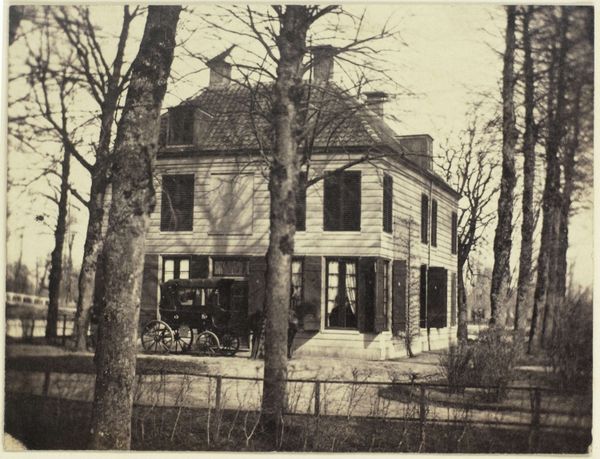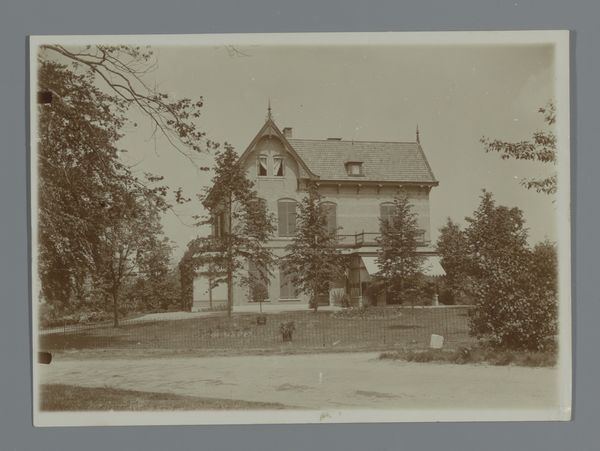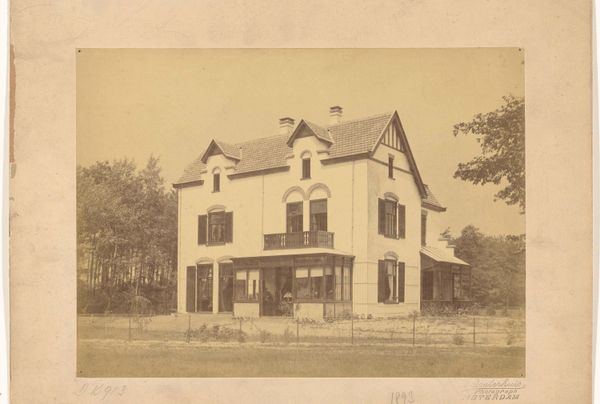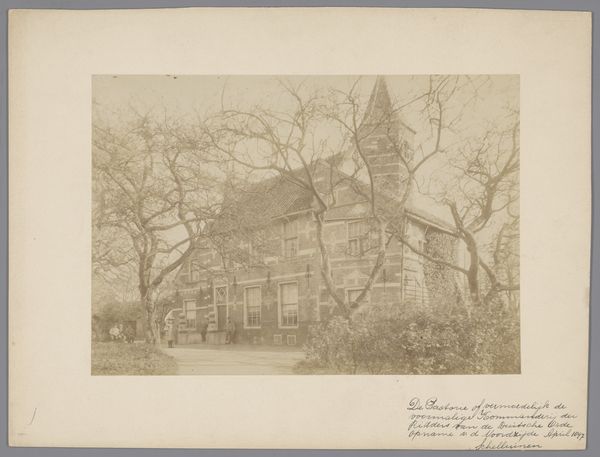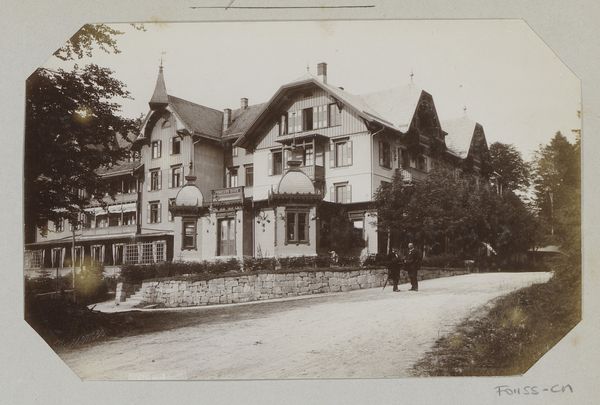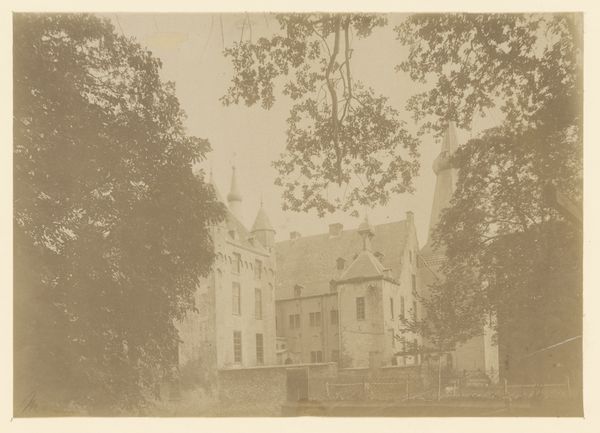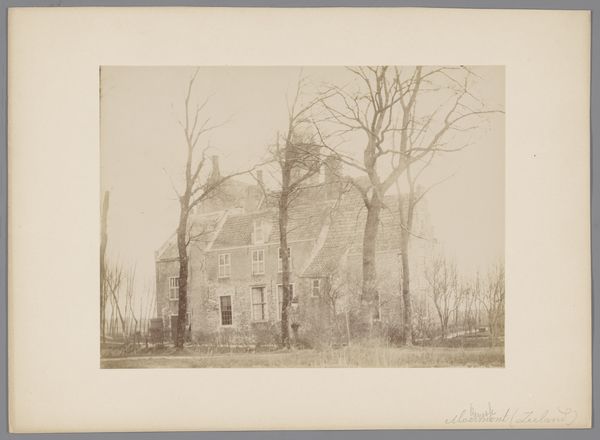
daguerreotype, photography, architecture
#
landscape
#
daguerreotype
#
photography
#
19th century
#
cityscape
#
watercolor
#
architecture
#
realism
Dimensions: height 164 mm, width 123 mm
Copyright: Rijks Museum: Open Domain
Curator: Looking at this daguerreotype by Eduard Isaac Asser, dating from around 1853-1854, what strikes you most? It’s titled "Gezicht op huis Oudaan bij Breukelen aan de Vecht." Editor: The tonal range is fascinating! It feels like a dream captured in silver. The muted browns and creamy whites give the scene a ghostly, ethereal quality. I'm drawn to the texture – it's so rich! Curator: Absolutely. The daguerreotype was an early photographic process, using silver-plated copper. The final image is incredibly sharp but also fragile and unique – each one is its own original object. This one demonstrates Asser's mastery of the process, particularly his use of light. Notice how the angle emphasizes the house’s architectural details. Editor: And that light reveals so much about the socio-economic landscape of the time. This isn't just a house; it’s a statement. Its grand façade and picturesque setting along the Vecht River scream wealth and status. How was photography itself received in these circles back then? Was it immediately embraced, or seen as a threat to traditional portraiture? Curator: Good question. Photography was rapidly gaining popularity among the elite as a means of documentation and self-presentation, although it was still seen by many within the art world as purely technical, not artistic. Figures like Asser played a vital role in the discourse on its artistic merit. It’s interesting to consider how these early photographs informed and reflected the Dutch cultural landscape of the mid-19th century. The way wealthy individuals and families wished to project an image of stability and legacy. Editor: Indeed. Also, there’s a sense of distance here, both physical and social. The building is impressive, even formidable. Photography, especially in these early days, allowed for a democratization of image production while also reinforcing existing social hierarchies through subject matter and display. Curator: Precisely! It provides insight into 19th-century Netherlands. Editor: The making of this photograph involves layers of social encoding. It becomes more than a picture. It transforms into an index of broader cultural values, status, and technological adaptation within the elite classes of the Netherlands. A wonderful intersection between photographic craft, artistic intention, and social history!
Comments
No comments
Be the first to comment and join the conversation on the ultimate creative platform.
